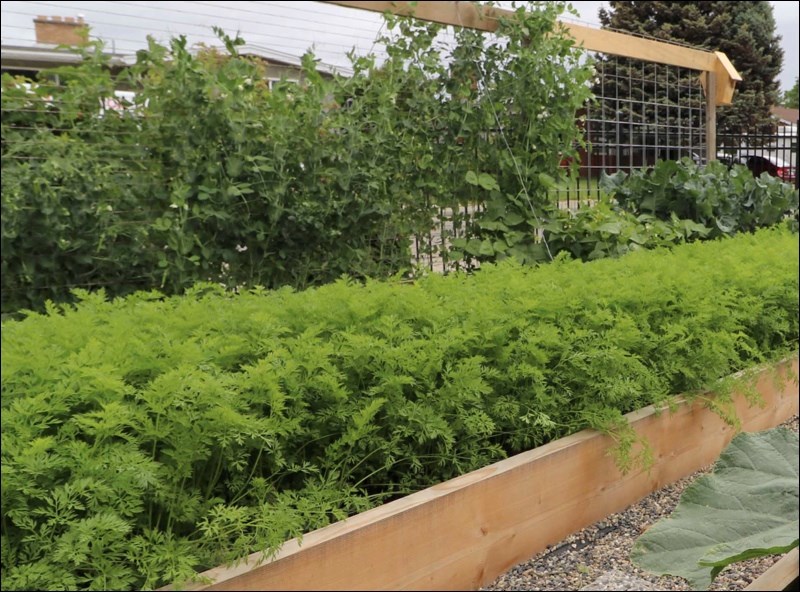It’s a new year, a new decade, so lets share some thoughts on ways to become more sustainable — permaculture for example. It was in the 1970s that this term was coined and simply means permanent agriculture. To take that definition a bit deeper, it is a system of agricultural and social design principles that simulate the patterns that can be observed in natural ecosystems. In fact, it is a creative design model that is based on whole-systems thinking.
When we think about any type of environment we see a complex aggregate of nature — both plants, animals and humans along with other aspects of our world that coexist and in affect each other in a multitude of ways. When we think permaculture is an important element of this environment, we adopt the ethics and principles that change us from being dependent producers to becoming responsible producers. Making this journey will build more resilience at home and at work and make us better able to prepare for an uncertain future with perhaps much different energy sources.
Depending on where we live geographically, our climatic conditions and available resources are different, however we can still approach permaculture holistically. The ethics of permaculture are earth care, people care and fair share.
Permaculture is a philosophy. Within that philosophy it is important to take the time to engage with nature as it will give us insight into understanding what is happening in the system. It also should help us to embrace that in nature, there is no right or wrong but there is much variability and differences.
Another guideline is based in true prairie philosophy — make hay while the sun shines! What this means is that we have limited time to catch and store energy so when resources are abundant, it is important to collect these resources to use when they are not so available. Secondly, everything is nature and our lives follow patterns. It is important to observe these patterns and understand the closer we get to something, the more distracted we are from the big picture. It is important to put things in the best place as the sum of a whole being is greater than the sum of its individual parts. Also, it is important to recognize that to instigate good change, intervention needs to happen at the proper time.
The next guideline is a really great thing to remember. None of us work well on an empty stomach. We need to ensure that we do get some immediate rewards as those truly useful rewards allows us to continue that journey to true sustainable life. We also need to be selective in ensuring we reduce our natural tendency to consume and try to be less dependent on non-renewable resources. We cannot control nature in any way, not even with high technology and overuse of resources. Timely maintenance and using what is available to us is always the best practice.
The final guideline is how important it is for us to discourage inappropriate activity if we wish to continue to function well. We need to be a self-regulating entity that responds efficiently to negative feedback as it is often slow to appear. Diversity is always a great choice. Don't put all your eggs in one basket!
Hanbidge is the lead horticulturist with Orchid Horticulture. Find us at orchidhort.com



